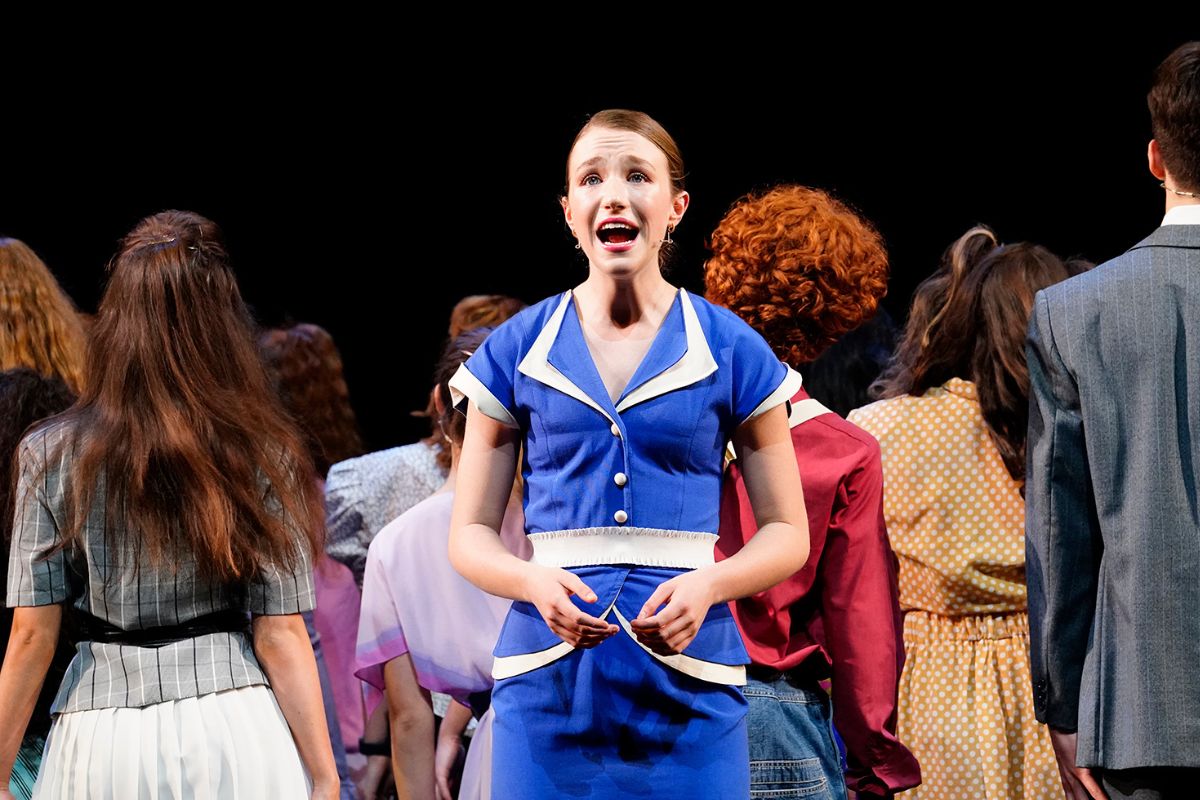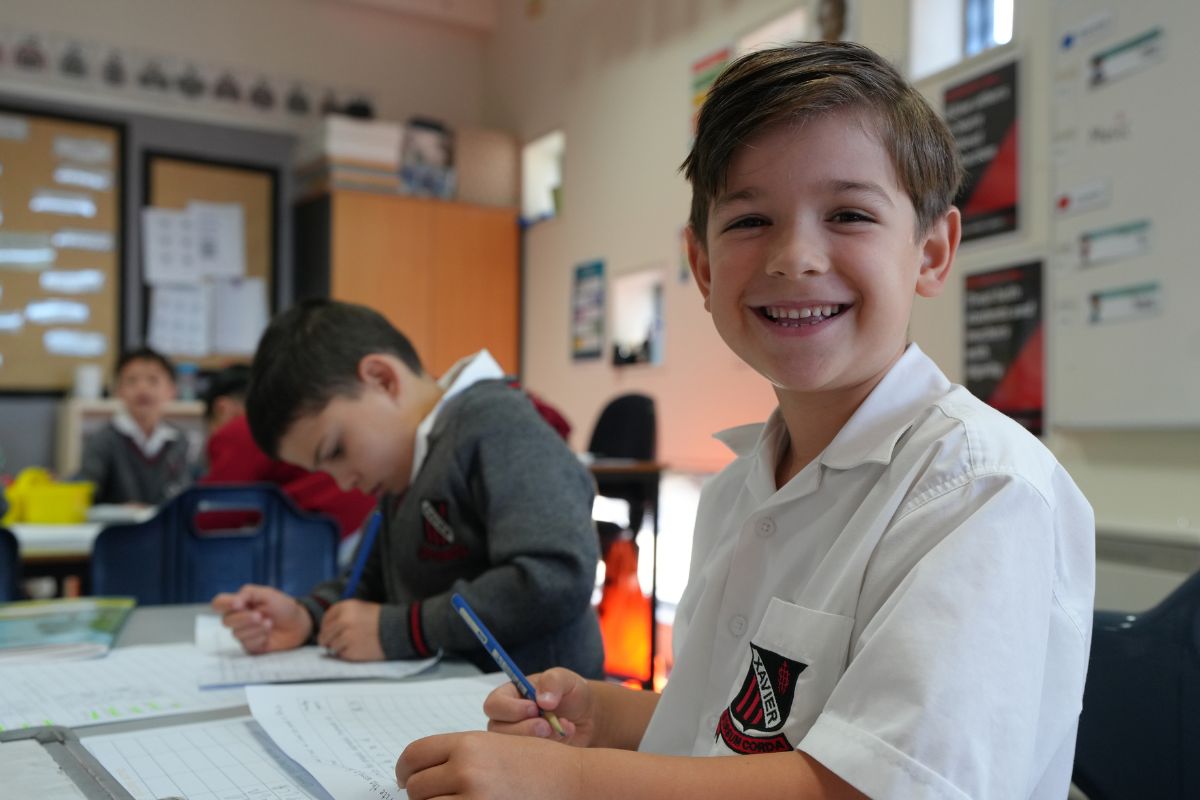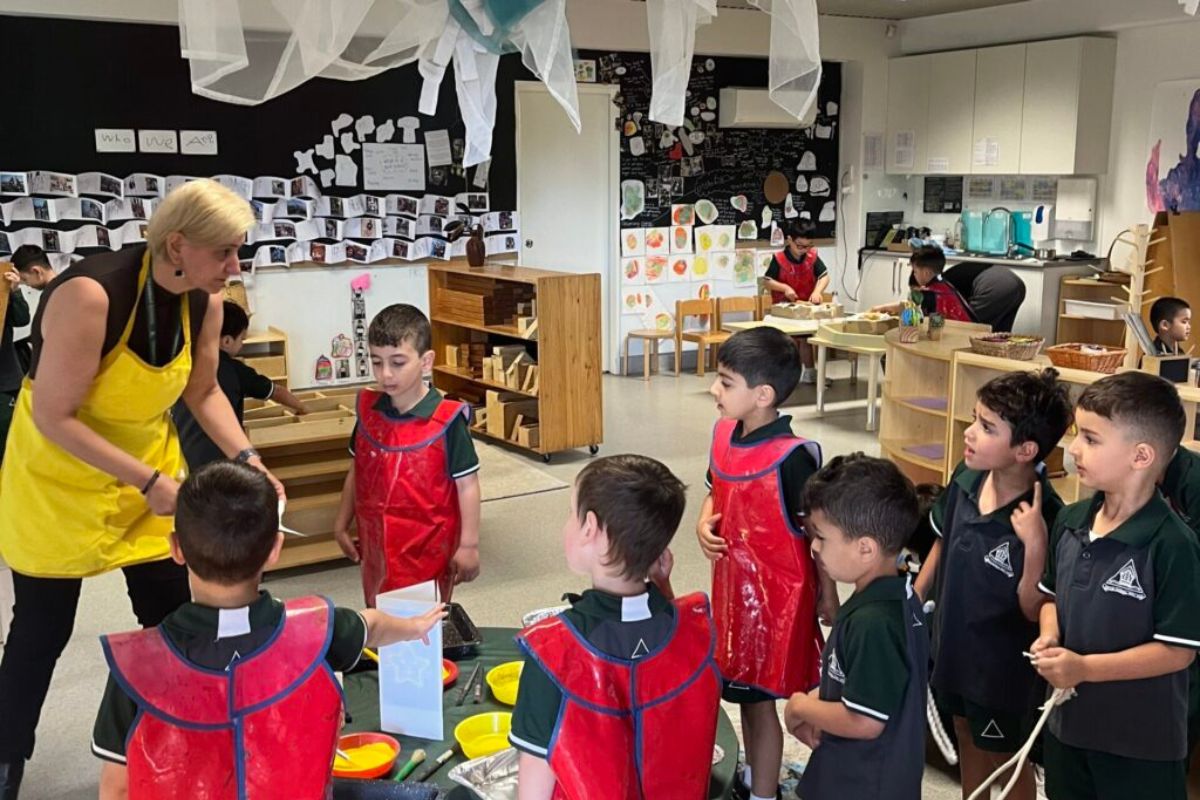Painting the pathway

Art in school curriculum is vital in developing Australia’s future
The debate over the necessity of art in education is always prominent. However, the reality is that it helps to develop key motor and cognitive skills as well as emotional expression — all of which are vital for growing minds. Over the past two decades, the style of teaching has significantly changed. From what was previously a very rigid and formalised teacher-directed orientation, there is now more of a focus on individual development which consists of a child-centred orientation. This gives students a lot more freedom and enhances their ability to learn and absorb any information given to them. Furthermore, the link between creativity learned through subjects, in particular art-based ones, has proven to be pivotal in any classroom.
Frank Panucci, Executive Director of Grants for the Australian Arts Council, is a great advocate for schools incorporating advanced art-based curriculums. He says research has shown that students who study in this environment have reaped exceptional benefits as it teaches skills that are required in today’s working environment.
“There’s a range of research, both nationally and internationally, which shows that children who have a rich arts education throughout their schooling actually achieve greater outcomes across their curriculum,” he said. “They also develop a whole range of skills which are crucial to the 21st century, which is about creativity, innovation and working in teams.”
Research is carried out nearly daily on why art is so important for our education system — and the statistics don’t lie. The Australia Council’s Arts in Daily Life, a research group in conjunction with the Council, found that 9 in 10 people believed that the arts are an important part of the education of all Australians, as well as two in three thinking that the arts have a “big” or “very big” impact on the development of children. Not only is having the specific skill sets outlined by Mr Panucci very important, it also allows students to contribute constructively within a classroom environment that consists of a number of other students. This will then translate to displaying positive habits and correct behaviour later on in life.
Art education in Victoria starts as early as kindergarten. Here, children are given the opportunity to learn through ‘play’, making shapes, colours and even sounds. These skills are introduced to children at this time as it sets the foundation for all future learning capabilities later in life. It also aids in helping students excel at other complex studies and subjects, or even just other art-based subjects.
While art is subjective, for many people it is an effective tool for dealing with emotional expression or stress. For young students, art is a great avenue for emotional expression, developing confidence and helping create a sense of identity for themselves. Not everyone is able to articulate themselves effectively through the use of verbal language, so having an alternative avenue to portray their thoughts and feelings is important and should always be encouraged.
All of these elements play a significant role in shaping the future of a young person. Enthusiasm for art shown by any student should always be embraced as the successes that ensue could ultimately be endless.
Words: Simeon Barut


